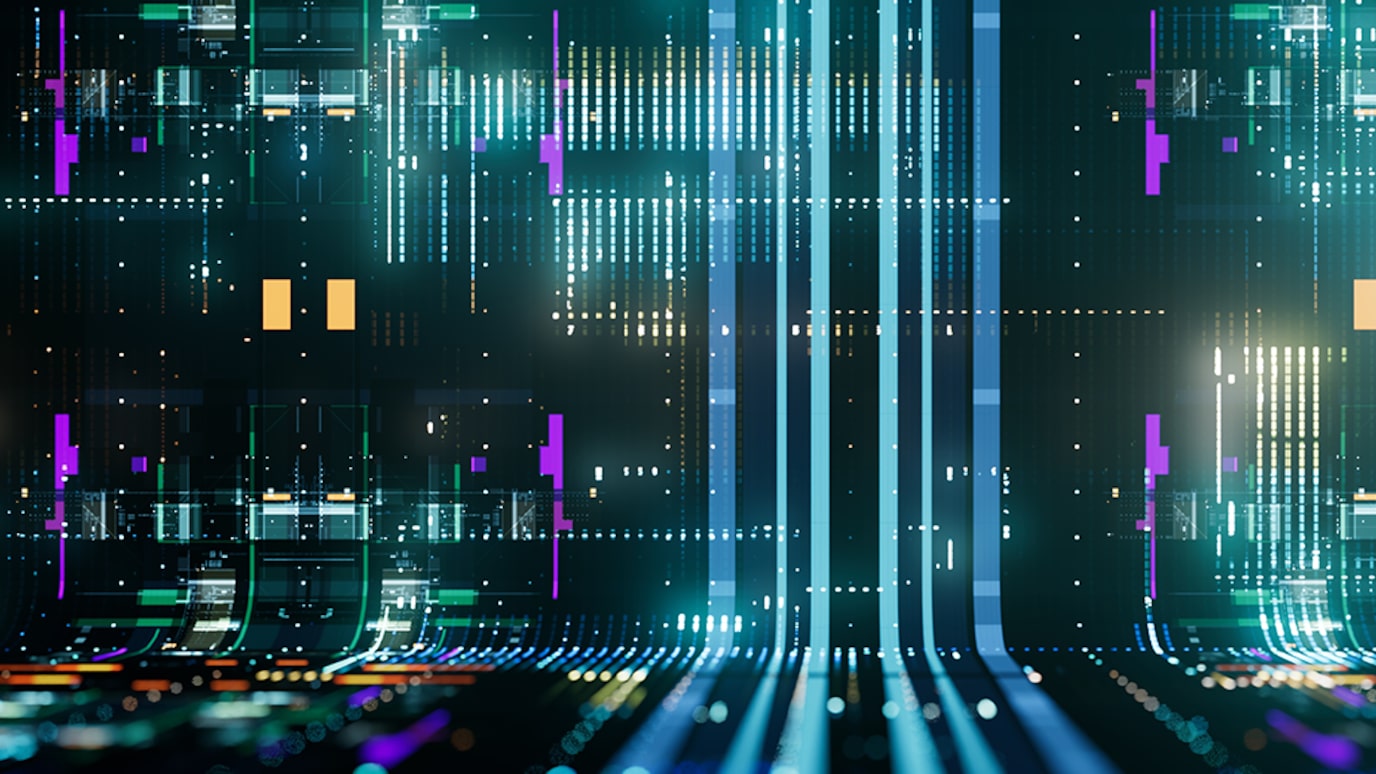AI on RAN

What is AI on RAN?
AI on RAN enables leveraging RAN capabilities to enhance AI application performance and capabilities. For example, RAN can provide optimized connectivity, expose data through APIs and enable programmability for AI applications.
AI on RAN vision
Future AI apps will not be limited to smartphones but will also power many other devices, such as XR glasses and robotic systems. Many machine learning (ML) models will run on the device, while others will run in the cloud. In consequence, the token exchange between AI agents will step alongside today’s typical mobile broadband traffic as an important driver for value transformation in mobile networks.
Immersive services and robotic systems will rely on reliable and low-latency data exchange. Premium consumer services and critical business and industrial processes will further accelerate the shift of connectivity requirements from best effort to tailored, SLA-protected AI data exchange.
Many AI apps will benefit from additional context data. Beyond connectivity, RAN will expose such data about the network, its load, and its environment. Integrated sensing is one of the hottest topics in 6G, and AI is the only way to create value out of sensing data. Nokia demonstrated sensing at Mobile World Congress 2023.
AI on RAN - today
Already today, mobile network operators observe the impact of AI apps on smartphones on network traffic. Typically, mobile broadband traffic has been downlink-heavy, whereas many AI apps shift traffic a little more towards the uplink.
Nokia’s RAN customers have started applying 5G network slicing to ensure an outstanding AI app and generative AI experience.
Nokia has analyzed the mobile network traffic impact of the most popular AI apps of 2025 as a basis for strategic network optimization.

